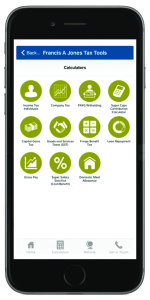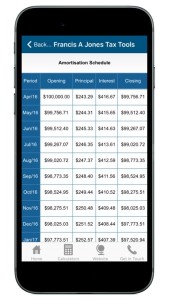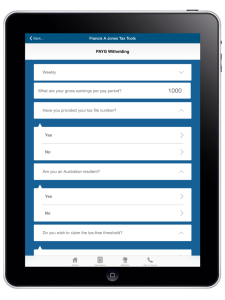From 1 July 2016 the rules are changing for SMSFs that hold collectables, and you might need to act soon to avoid some significant penalties (up to $1800 per breach).
The rules apply where funds hold assets like artwork, jewellery, rare coins or sporting memorabilia. From 1 July 2016 the fund must document the decision on where the item is stored (it can’t be displayed or used by anyone related to the fund), and it must be insured in the super fund’s name.
Additionally the existing rules still apply – the asset can’t be leased to anyone related to the fund, and it can’t be stored at a private residence of anyone related.
The rules are not impossible to comply with, but for most funds, especially those with low value collectables, it’s probably going to be easier to sell the asset out of the fund before this date.
The sale can be to a related party, as long as it is valued independently by someone qualified (but not necessarily licensed) to make the valuation.
Pro tips
If the collectables in your super fund were acquired before 1 July 2011 the asset can be sold without an independent qualified valuation, but still must be at market value.
If a member is over preservation age, the asset can be transferred to the member as a lump sum or pension payment.
Author: Natasha Piccoli
Email: [email protected]

 The calculators available through the FAJ app are:
The calculators available through the FAJ app are:

